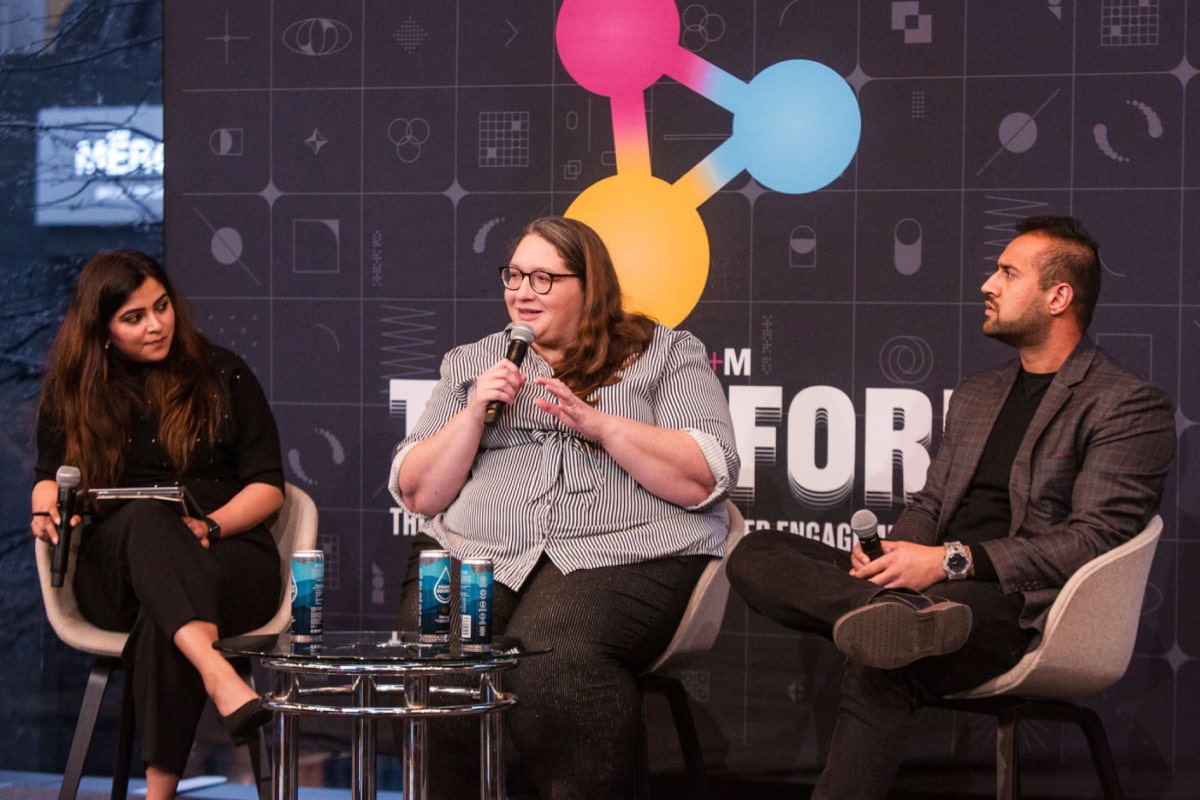Life science marketers who want to build on traditional face-to-face engagements with healthcare professionals (HCPs) are exploring innovative strategies to enhance digital interactions. During MM+M Transform, I explored the latest innovations, challenges, and opportunities in omnichannel marketing with Elizabeth Beringer, President of Spring & Bond, and Samarth Virk, Argenx Director NPP HCP Marketing.
Omnichannel is not just a type of campaign, each omnichannel strategy needs a specific design. The lessons from our “Agile Omnichannel Strategies for HCP Engagement” can help life science marketers design campaigns to bridge the gap between face-to-face and digital interactions. Here are the top takeaways from our discussion:
- Build robust sub-segments with the right data.
By leveraging data in a timely manner, we can simplify and customize the experiences each HCP has with a brand. From understanding which topics are top of mind with your core audience to real-time digital engagement data, there’s robust data available for creating sub-segments and personalizing the messages delivered to those segments.Beringer shared that she uses data-driven signals to fuel next level engagement with the HCP such as NDC/ICD 10 code, keyword search, type of patients, demographics, behavior, etc. The goal is to utilize data to understand each individual HCP need so the brand can deliver the right information at the right moment.
- Improve your omnichannel targeting with tools that trigger messages at an individual level.
Creating an omnichannel requires planning, forecasting, and setting expectations on how to engage with HCPs. To reach HCPs on the right channels, life science marketers should look for tools that can programmatically deliver messaging not only at the behavioral and segment level but also at the individual level. Beringer shared that many endemic channels struggle with this type of targeting and bidding.“Anything you buy from the New York Times you have to buy programmatically unless they’re writing something for you,” Beringer said. “Nirvana would be every single publisher in the pharma space would sell like the New York Times. But we’re still inching our way there. Doceree’s solving a big gap in the industry because so many of these endemics have yet to dive into that.”
- Generative artificial intelligence (AI) and machine learning (ML) can improve campaign delivery, but the industry needs to evolve to capitalize on breakthrough technologies.
With 67% of pharmaceutical manufacturers looking to use AI this year, it is time to utilize these technologies for omnichannel strategies. From taking on the most mundane and least unique parts of media planning and execution to customized message delivery, generative AI and ML can help life science marketers improve campaign performance.“Leveraging the traditional form of AI, the machine learning aspect, to look at big data, consolidating data, and pull out data that can be actioned on in a timely manner is a real opportunity,” Virk said.
It can be tempting to wait to launch an omnichannel strategy until it is perfect, but working with the right partners to get started with what you have today opens the door to learning and iterating.
As life science marketers, we have so much data, online and offline that can be utilized to plan, execute, and measure campaigns targeting HCPs. We tend to spend more time focusing on patients, but HCPs are decision-makers for someone else. That’s an important role. We need to make all of the available data usable in a way that enables marketers to deliver messages to help HCPs improve the quality of care they provide.
Contact us to learn more about incorporating HCP omnichannel strategies into your campaigns.
